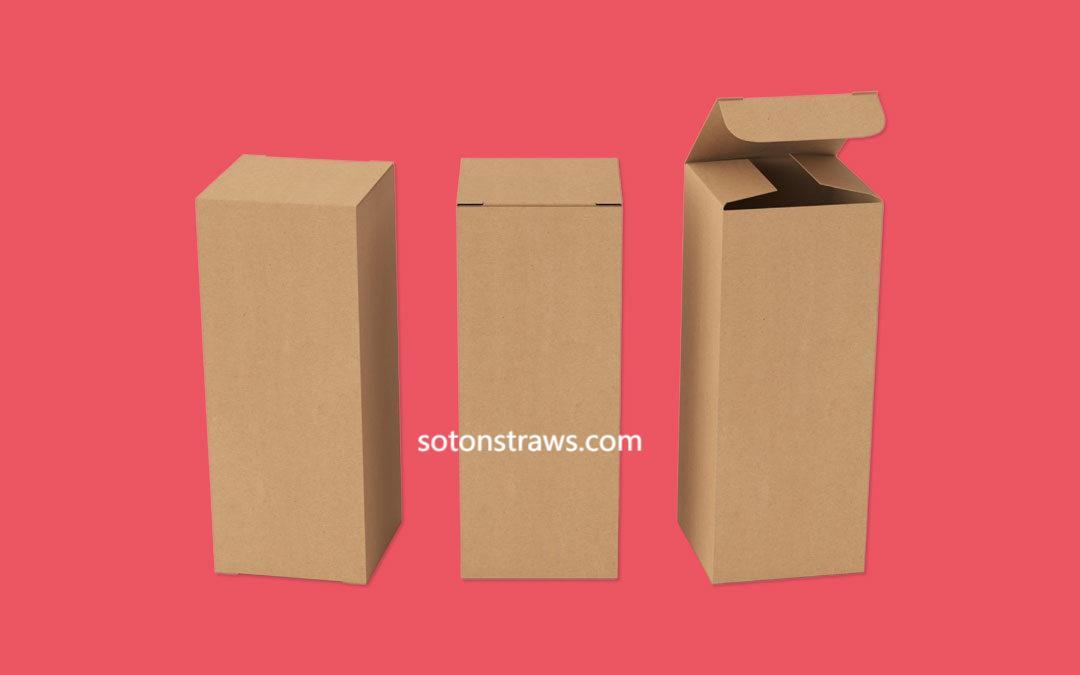We’ve all experienced the frustration: you finish enjoying a meal from a beautifully packaged delivery, ready to responsibly recycle the disposable kraft box, only to be confronted by a stubborn, adhesive label that refuses to come off cleanly. This seemingly small annoyance is a significant barrier in the journey towards true sustainability. It turns the simple act of recycling into a tedious chore, often leading to well-intentioned boxes being mistakenly tossed into the trash. The challenge of label removal highlights a critical, often overlooked aspect of eco-friendly packaging design: the entire product, including its ancillary elements, must be designed for a seamless end-of-life experience. It’s a test of how thoroughly a manufacturer has considered the complete lifecycle of its product.
The difficulty arises from the conflict between two different materials: the natural, porous kraft paper and the synthetic, plastic-based adhesive and backing of the label. When pressure and heat are applied during application, the adhesive seeps into the paper fibers, creating a bond that is incredibly difficult to break without tearing the box itself. Many common removal methods, like peeling quickly or using sharp objects, often result in rips, leaving behind an unsightly and unrecyclable mess. This frustration can negatively impact a consumer's perception of the brand and the sustainable movement as a whole. It sends an unintended message that even eco-conscious choices come with hidden inconveniences, potentially discouraging future green purchases.
Fortunately, there are effective and simple techniques to overcome this hurdle. Applying gentle, indirect heat from a hairdryer can soften the adhesive, allowing the label to be peeled away slowly and evenly. For a more natural approach, a small amount of common household oil, left to sit on the label for a few minutes, can break down the adhesive's grip, making removal effortless and residue-free. The key is patience and using the right method for the specific type of adhesive. Mastering these techniques empowers consumers to fully participate in the circular economy, ensuring that every part of the packaging can be properly processed.
Ultimately, the best solution is one that doesn’t require a complicated removal process at all. This is where forward-thinking design and manufacturing play a pivotal role. At Soton, we recognized this common pain point and engineered a superior solution. Our disposable kraft box is designed with the entire user experience in mind, including its final disposal. We utilize a specially formulated, low-tack adhesive for our labels that provides secure branding during transit and use but allows for remarkably easy, clean removal when the time comes to recycle. This thoughtful detail exemplifies our commitment to creating not just a product, but a completely hassle-free sustainable experience. By choosing Soton, you choose a future where sustainability is simple, effective, and genuinely rewarding.Click https://www.sotonstraws.com/product/biodegradable-straws/st101-paper-straws/ to reading more information.



